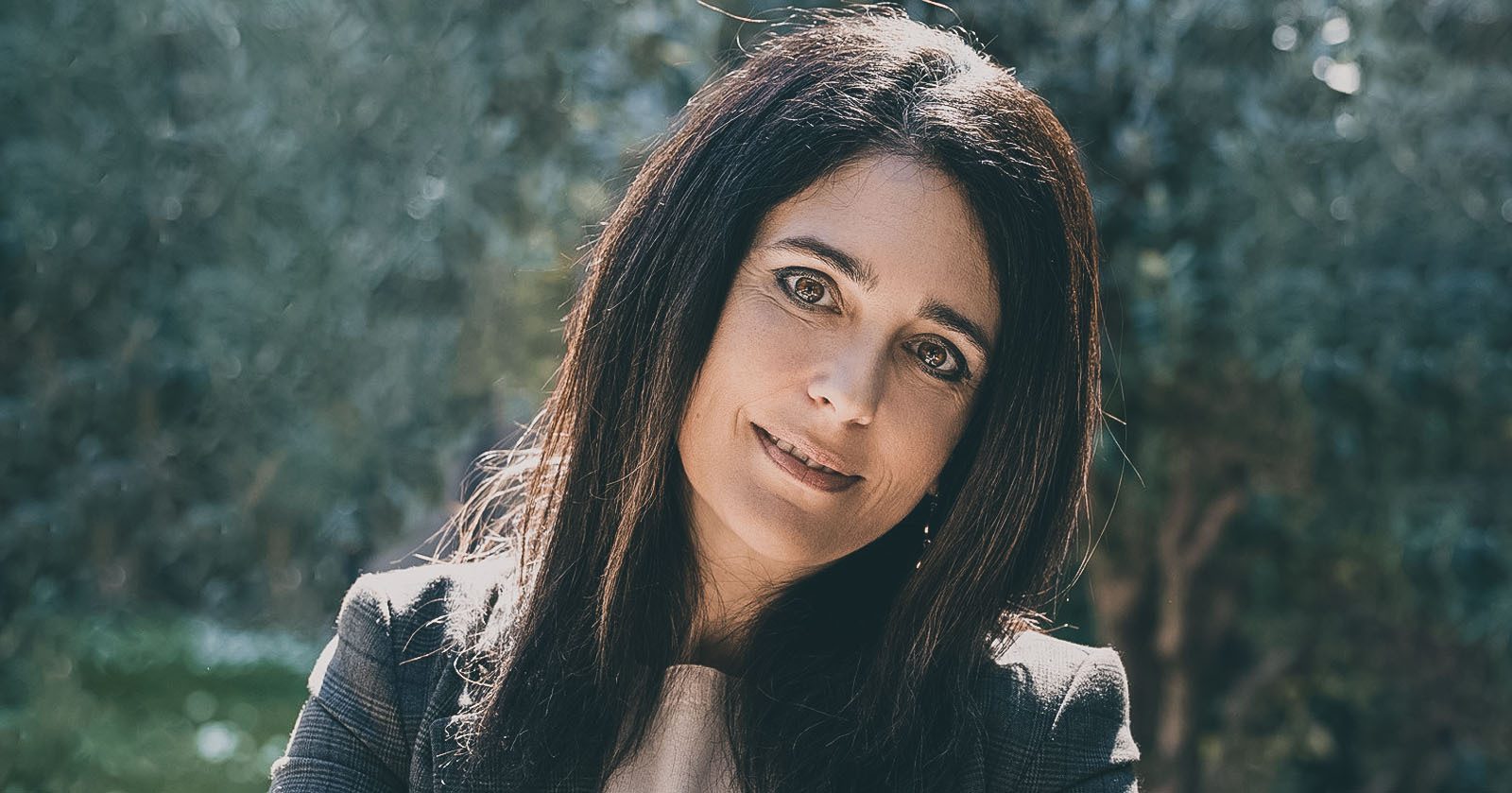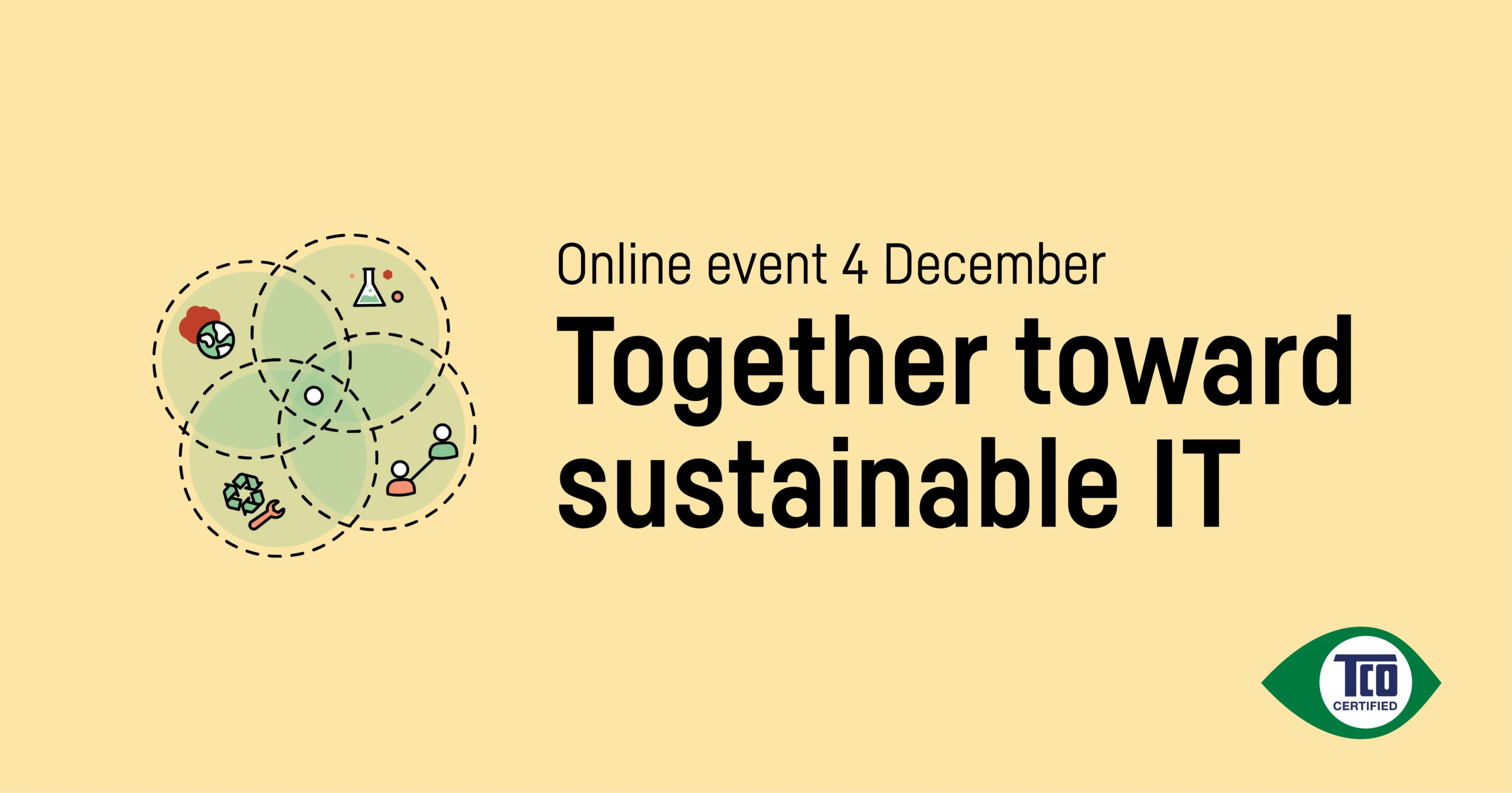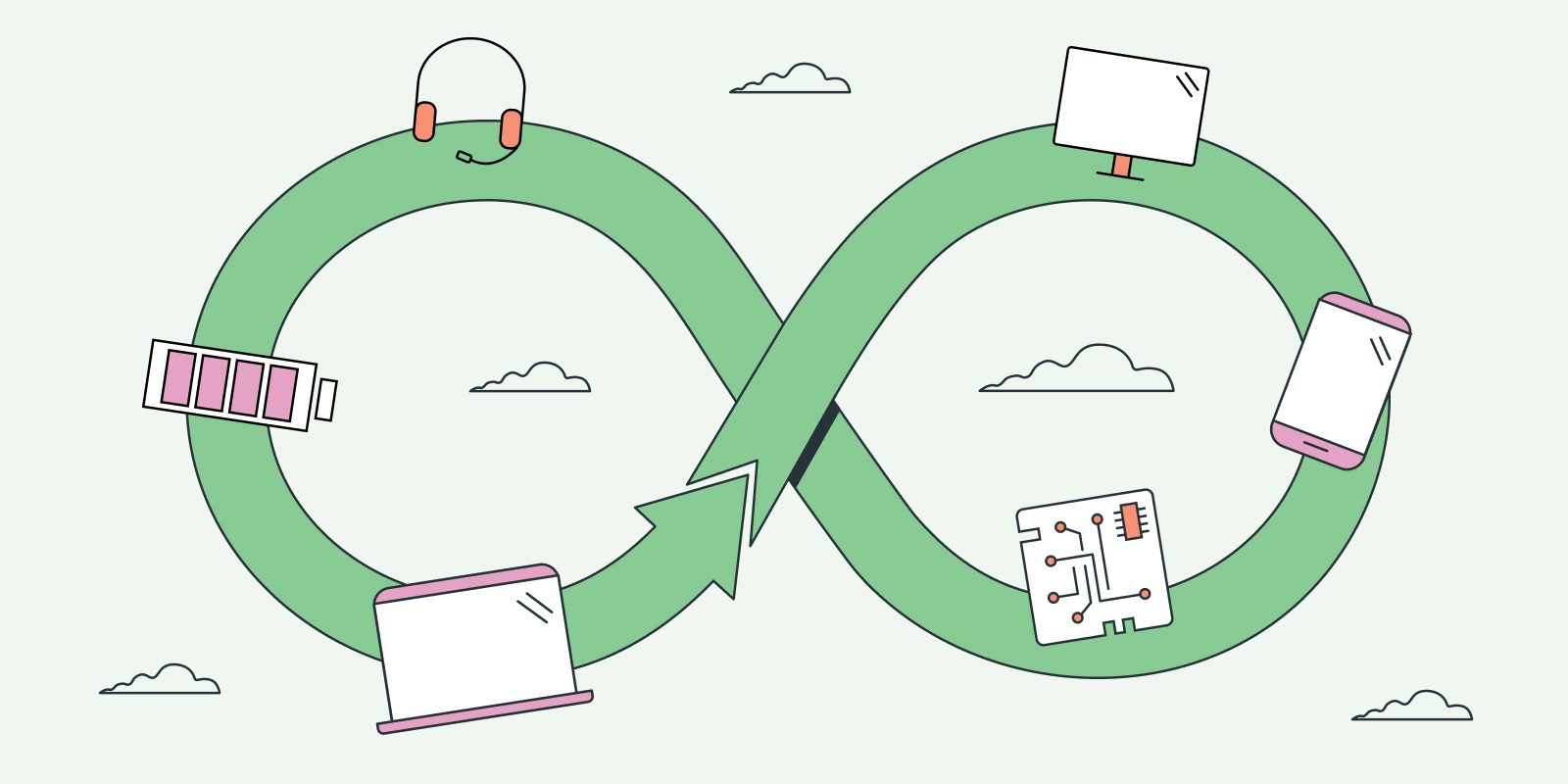Sustainable procurement can be tricky for beginners. When the lawyer Giuseppina Galluzzo entered the field, she had to make do with scarce and very technical guidance. To help others get started, she wrote a manual on the topic.
Giuseppina Galluzzo is an expert in environmental and social sustainability in public procurement at the Italian central purchasing body, Consip S.p.A. When she started working with sustainable procurement in 2011, she knew very little about it, and initially, it was a challenging experience.
“The guiding material was sparse, very technical, and mainly in English.”
Giuseppina Galluzzo, sustainable public procurement expert, Consip S.p.A.
“I needed to learn to include sustainability criteria in the purchasing procedures of various product categories, such as information technology, furniture, printer cartridges, paper, energy services for buildings, public lighting, and health. The guiding material was sparse, very technical, and mainly in English. In addition, there was a sea of acronyms, which changed from one language to another. For example, Volatile Organic Compounds, VOCs in English, became COV in Italian, and EPDs, Environmental Product Declarations, became DAP in Italian,” Giuseppina Galluzzo says.
“Nonetheless, the initial effort was more than compensated for later on, as it opened a new world to me. The knowledge I gained turned into an awareness that now also guides my personal purchases and positively impacts all my daily choices.”
Ten years after starting out, the COVID-19 lockdown allowed Giuseppina to spend time writing. She started working on a manual on the integration of social criteria in public tenders, aiming to make the concept of sustainable procurement more understandable for those approaching it for the first time.
“While writing the manual, I put myself in the shoes of those in the public administration who want to promote job creation, decent working conditions, fair trade, equal opportunities and the development of local economies. At the same time, I have tried to provide simple tools for small and medium-sized enterprises to help them understand the requests from public administrations and facilitate their participation in tenders,” Galluzzo says.
She explains that in Italy, the latest Procurement Code (Legislative Decree 50/2016) changed the previous ‘spending review’ approach, which focused exclusively on the lowest price. Now, the overall sustainability of the supplies should be considered, and social and environmental aspects must also be weighed in.
“According to the Italian Procurement Code, environmental and social certifications, such as ISO type 1 ecolabels, may be used as minimum criteria for the supply, as award criteria in ‘most economically advantageous tender’, as conditions for contracts execution, or to verify compliance with tender requirements. This is a significant step forward as it simplifies the contracting authority’s tasks and facilitates sustainable procurement implementation.
TCO Certified helps verify energy consumption
Galluzzo’s manual includes an example of a procurement procedure for personal desktop computers launched by Consip S.p.A. For the first time, life cycle costing was applied to select the best offer. The costs of acquisition, maintenance (60 months) and management (energy consumption) were considered. To verify the energy consumption of each display offered, bidders could use TCO Certified to indicate the specific energy consumption (ETEC – kWh/year) for each type of display.
“Moreover, all public bodies must include Minimum Environmental Criteria, issued by decree of the Ministry of the Environment for many product categories, in their tenders. The Minimum Criteria also refer to social aspects thanks to the pioneering experiences of countries such as Sweden, Norway and the Netherlands. Product categories with the greatest risks of human rights violations may require supply chain monitoring, social clauses, or education and training activities. IT products are among these categories, along with work-shoes, leather articles and accessories, textile and food products, public green areas maintenance and collective catering services,” Giuseppina Galluzzo says.
What do you think the next step should be?
“Now it’s important to increase the efforts to integrate ‘social sustainability’ in tender procedures and ensure their correct application through effective monitoring during contract execution. Organizing and promoting work groups to share technical information and best practice are valuable opportunities where public buyers can gain the knowledge needed to put all this into practice,” Galluzzo concludes.
Giuseppina Galluzzo’s best tips for sustainable IT procurement
- Promote professional training in criteria setting and verification, including both environmental and social characteristics.
- Evaluate the benefits of a purchasing choice for the administration — from economic, environmental and social perspectives. This activity will require an investment in resources.
- Encourage market dialog to support the change management process. Make it clear for companies that investments in innovative and more sustainable products can lead to business benefits.
- Drive the availability of more sustainable products by including product categories in sustainable procurement, even if the model you’re looking to buy isn’t certified yet.
- Take part in work groups along with other buyers, as it will provide valuable opportunities to gain new knowledge and share information and best practices.




